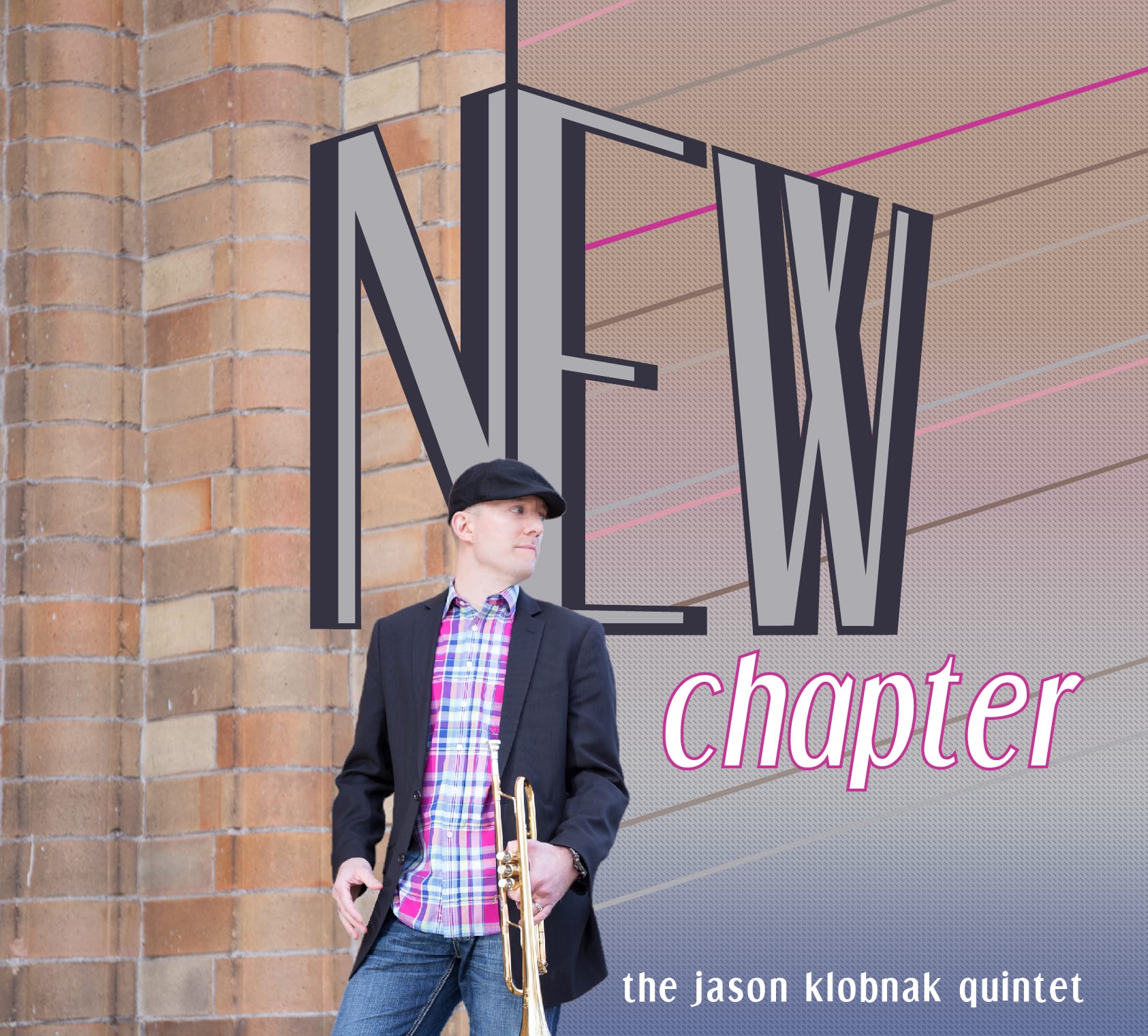Improv Tip Week #38-Practice Routine
Welcome to week #38 where we’re going to talk about building a practice routine. There are many (and I mean many) different ways you can build a practice routine. Everyone has their opinion, their routine and have posted it somewhere online. If you’ve got a routine that works great and you’re seeing results-then stick with it. For those that might need a change of scenery or looking for interesting ways to revise it-then I hope this week’s tip is beneficial for you!
Before I go into my ideal practice routine, it’s important to note the difference between practicing, playing and rehearsing. Practicing is working on something you don’t do well to eventually get better. Practicing is something you do on your own in your own home/studio/woodshed, etc. Playing is…well, playing your instrument! It can be done by yourself or with a group. Rehearsing is bringing together a group of musicians to play what they have practiced individually. One of the greatest downfalls I see groups do is confuse practice time with rehearsal time.
PRACTICE ROUTINE
I alluded to it above, but practicing is working on things you don’t do well. This routine can be broken up depending on the time you have available in your day to practice. If you only have one block of time, split this routine up into sections. If you have multiple blocks available, break them up as needed. Always, always, always practice with good rhythm and time!
Maintenance
If you’re like me, my instrument is one that always needs constant maintenance to keep up a certain level of execution of the fundamentals. Each instrument and each player has different needs for maintenance. However, it is something EVERYONE needs to work on. Maintenance includes work on scales, range, flexibility/dexterity, articulation, dynamics and other needs that may be specific to your instrument. Often times I find that students will work on maintenance items that they’re already accomplished in (i.e. always playing the C-major scale). Always remember that practicing is working on things you don’t do well. In your maintenance portion, be sure to be honest with yourself and work on things you’re not good at. While not jazz related, I’m not very good at double-tonguing. So I will spend a good portion of my time in my maintenance working on it. If you struggle with the Bb Altered scale…work on it during your maintenance.
Music/Tunes
The next section of an effective practice routine is working on music. Every genre of music has a library of tunes its musicians play and each musician should learn those songs and expand their library. For jazz, you need to have standards memorized (melody and chord changes) from the American Songbook as well as other jazz standards. When I’m working on tunes, I’ll play through one (maybe two) standards that I already know (I rotate them each day so I’m not repeating the same one each week). I’ll play the melody and a chorus a capella and then may play through the changes a few times with my iRealbook iPhone app to make sure I can navigate the changes in a way that I’m communicating a coherent message. Then I’ll move on to tunes I’m struggling with or brand new tunes I have yet to work on. I may also write an etude (a pre-determined solo) over the changes of a song I’m struggling with to help solidify what I’m working on. The important part is to not keep playing the same things I’m good at over and over. Over a period of time, you’ll be able to see marked improvement by the ever expanding library.
Targeting or other musical devices
Every song has a chord progression. Every progression has multiple ways we can melodically weave through those changes. If you’ve ever mapped a destination online somewhere in a city you have a starting and an ending point. However, those interactive maps allow you to change how you get there. We can do the same thing in music. We know where we are starting and have an idea of where we’d like to go, but we can interchange the route in between. In improvisation, we can change those routes with targeting devices (see my book, Targeting: Improvisation With Purpose). Some of those devices are more technically challenging then others depending on the context and the key. Some devices I’m able to play at any tempo, register, dynamic, articulation or key I’m in. Others…not as well. But, that’s why we practice those-to get better at them.
Listening
Each practice session (whether in one block or split up throughout the day) should include a portion of listening. Regardless of what genre you play, you need to be immersed in music. I wont go into the importance of listening (you can see my prior posts on it), but do want to stress the importance that we include it in our practice routine. Listening helps us develop our ear and personal style (likes and dis-likes). We can practice listening, though, by singing along with a recording or aurally transcribing something that grabs our attention.
I hope you’ve enjoyed this week’s tip and have found it useful to your practice routine in some way. Please feel free to share this tip/site with your friends, colleagues and students with the buttons below to a number of different social-media sites. I enjoy interacting with all of you whether it’s by personal email, commenting on the blog or through other sites. Let me know your thoughts on your practice routine. You never know when you’re ideas might benefit someone else!





2 Comments